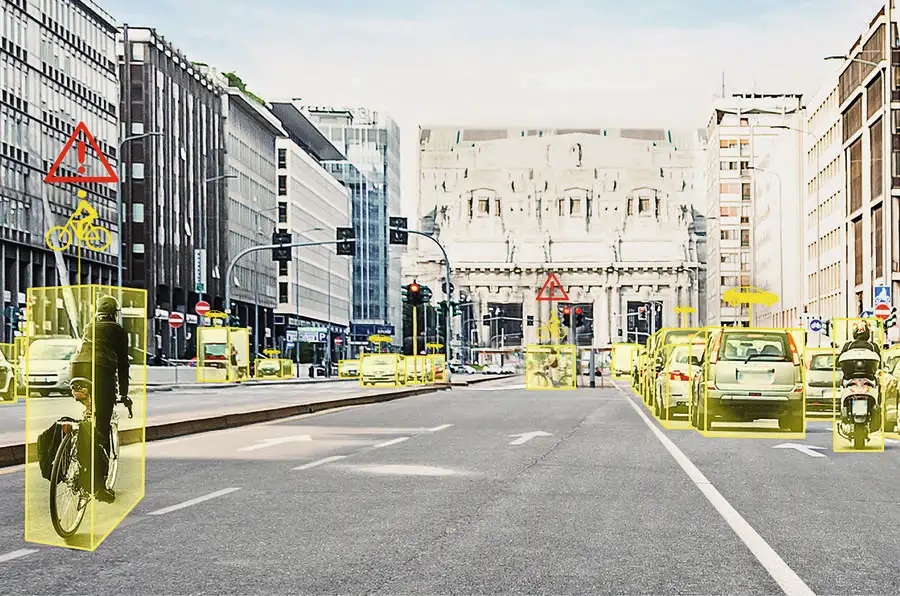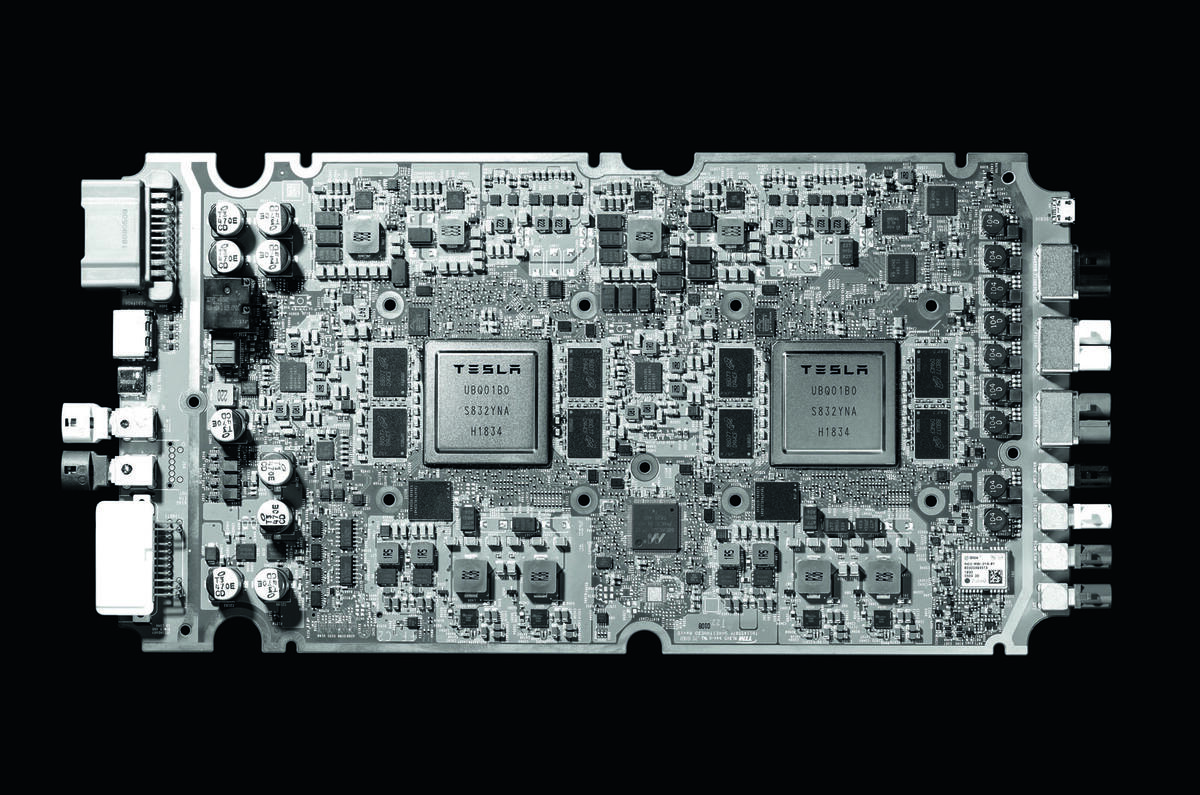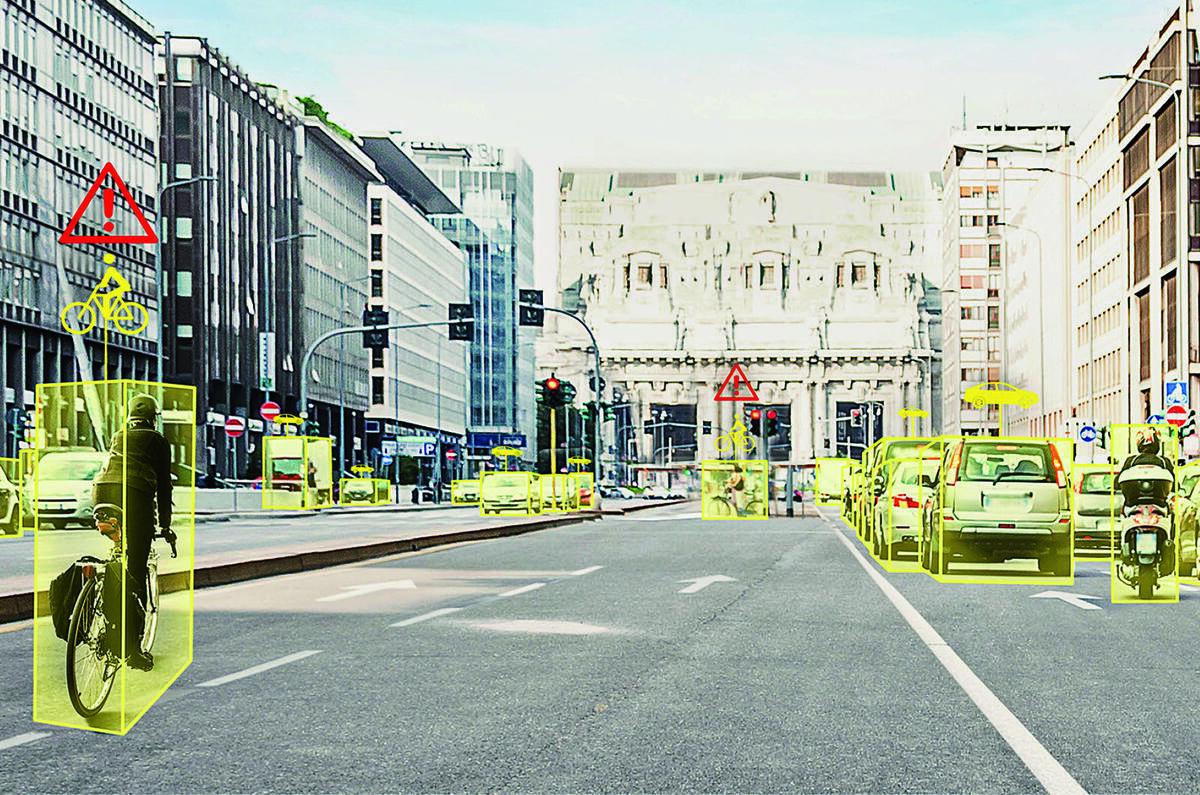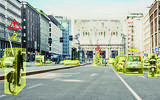Never mind when, can self-driving cars ever even work at all? That’s probably the question in the minds of most people. But to work, fully autonomous cars will require the invention of a machine that has the cognitive abilities of a human.
The building block of a human nervous system is a neuron and millions of them form a neural network in the body’s central nervous system. To make autonomous cars a reality, computer scientists need to create artificial neural networks (ANNs) that can do the same job as a human’s biological neural network.
So assuming that really is achievable, the other thing an autonomous car needs is the ability to see, and this is where opinions in the industry are split. Until recently, conventional wisdom had it that as well as the cameras, radars and ultrasonic sensors cars already have for cruise control and advanced driver assistance systems, lidar (light detection and ranging) is essential. Lidar is like high-definition radar, using laser light instead of radio waves to scan a scene and create an accurate HD image of it.
One stumbling block has been the high cost of lidar sensors, which only two years ago cost more than £60,000. Lower-cost versions on the way should bring the price down to around £4000 but that’s still a lot for a single component. Not everyone believes lidar is even necessary or desirable, though, and both Tesla and research scientists at Cornell University have independently arrived at that conclusion.
Cornell found that processing by artificially intelligent (AI) computers can distort camera images viewed from the front. But by changing the perspective in the software to more of a bird’s-eye view, scientists were able to achieve a similar positioning accuracy to lidar using stereo cameras costing a few pounds, placed either side of the windscreen.
Tesla reasons that no human is equipped with laser projectors for eyes and that the secret lies in better understanding the way neural networks identify objects and how to teach them. Whereas a human can identify an object from a single image at a glance, what the computer sees is a matrix of numbers identifying the location and brightness of each pixel in an image.
Because of that, the neural network needs thousands of images to learn the identity of an object, each one labelled to identify it in any situation. Tesla says no chip has yet been produced specifically with neural networking and autonomous driving in mind, so it has spent the past three years designing one. The new computer can be retro-fitted and has been incorporated in new Teslas since March 2019. The Tesla fleet is already gathering the hundreds of thousands of images needed to train the neural network ‘brains’ in ‘shadow mode’ but without autonomous functions being turned on at this stage. Tesla boss Elon Musk expects to have a complete suite of self-driving software features installed in its cars this year and working robotaxis under test in 2020.
50 trillion operations per second

Tesla boffins say a self-driving car needs a neural networking computer capable of performing a minimum of 50 trillion operations per second (50 TOPS). By comparison, a human brain can manage about 10 TOPS. The new Tesla computer consumes no more than 100W of power so it could be retrofitted. Bosch and NVIDIA are developing a similar ‘brain’ for autonomous cars ready for 2020. It’s called the Bosch AI self-driving computer.
Read more
Is the public ready to share the roads with self-driving cars?​
Are semi-autonomous systems making cars safer?​
Why the arrival of fully autonomous cars reflects the slow rise of the robot







Join the debate
Add your comment
I think it will happen, but
I think it will happen, but not by 2020
Musk has his timeline and then there's realtime and the two never seem to be in sync
That being said. He is a genius disrupter in spite of what the haters keep saying and there is no doubt that he and his team have changed legacy car makers forever for the better with the switch over to EVs
Elon Musk says that Teslas will be fully autonomous...
by 2020. We'll see. It sounds pretty balsy of you'd ask me. Billions of brain cells and tens of thousands of synapses enable each of us to instantly reference what we see, hear and feel. Hard to beat those… if ever. Such great system we have for driving: have people pass a competence test before allowing them to steer a car, so that most car use related issues are covered when something does happen.
Not too much like humans, I hope
In my experience many humans do not think or anticipate. Will we see Teslas hogging the middle lane, tailgating when they can't overtake, or accelerating towards red traffic lights before braking to a stop at the last moment?
Let's face it humans are erratic and not particularly good drivers - which is why we need autonomous vehicles.
One of us, one of us....
We will see the erradification of the human failing of self importance when driving, if we can create technology that makes travelling safer, that we don’t have to do.